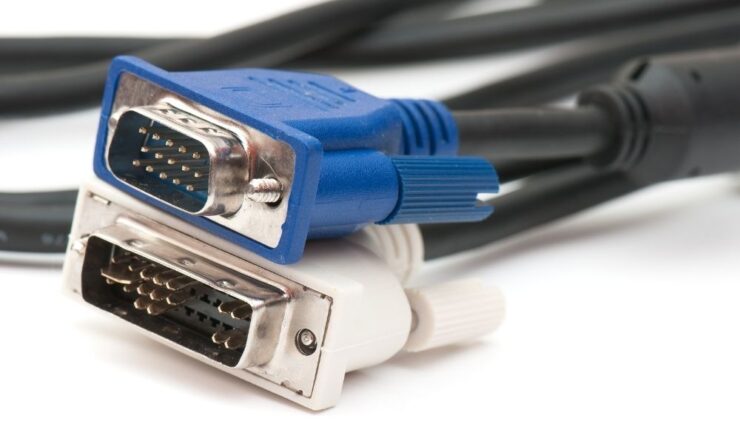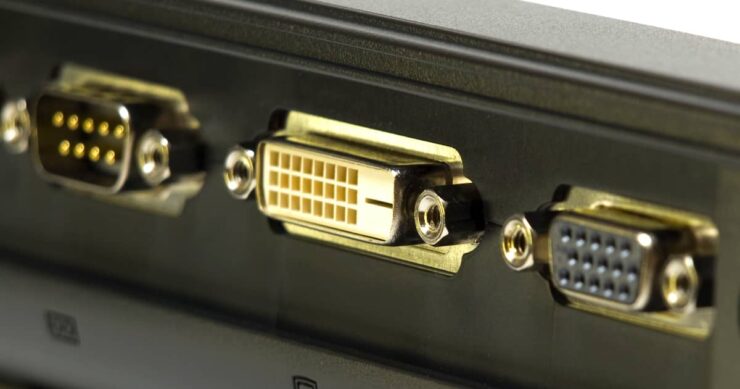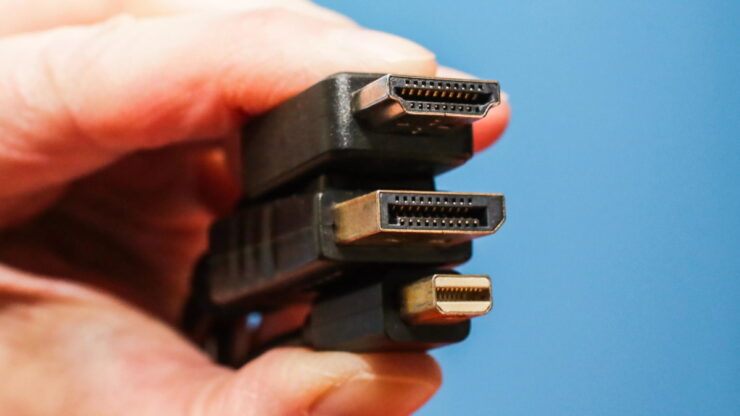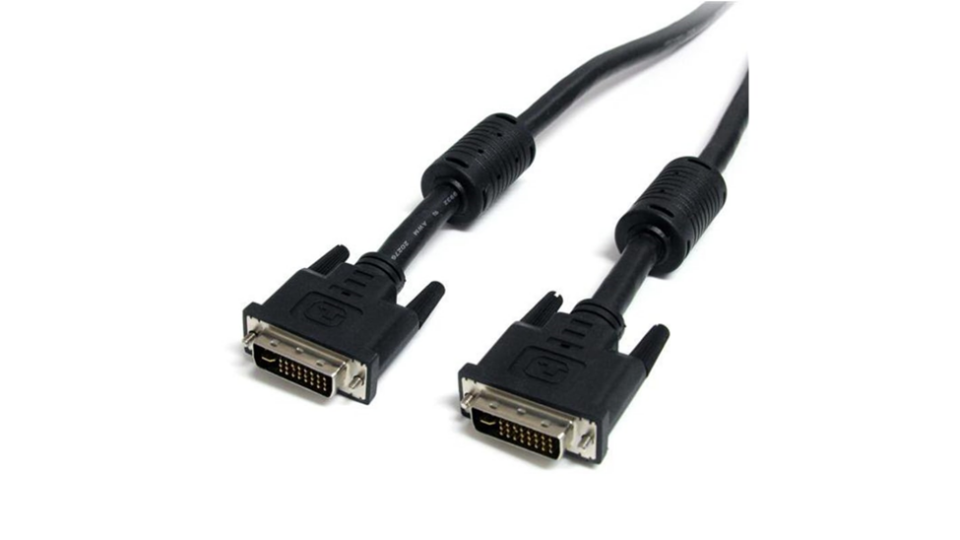When it comes to your computer and its display, there are more cables out there than you may have imagined. The good news is that we are here to explain one of the most common types of display cables known as the Digital Visual Interface cable.
Short for Digital Visual Interface, DVI cables have been one of the most popular and common cable types out there for a while. Though there are plenty of options for high-end displays, DVI is still likely going to be a part of your life for a while longer.
What is DVI?

A Digital Visual Interface is a video interface that is able to support both analog and digital video signals. Even better, it can support both of those signals over a single cable. You will find them in use on computers, laptops, projectors, LCD monitors, and more.
Different Types
As it turns out, there are more Digital Visual Interface cables out there than you realize, like these. Whether you are using your displays for personal or business purposes, it is imperative to have the right connection. You need to display everything as clearly as possible and DVI was made for the job.
There are several types to be aware of.
DVI-D Single Link. This type of DVI cable is able to support digital signals only. This cable type only supports displays that have resolutions up to 1920 x 1080 (1080p). There are DVI-D single link cables, DVI-D super long-distance cables, and even fiber optic DIV-D single link cables.
DVI-D Dual Link. There is a second data link here and it supports higher resolutions up to 2048 x 1536. You will find dual link, premium gold dual link, and gold line super long distance DVI-D cables depending on your needs.
DVI-A. This cable only supports analog signals. Analog uses the traditional RGB (red, green, blue) signals that you would find in monitors and televisions from the 1980s or 1990s.
DVI-D. This cable type only supports digital connections. If you are looking to connect a new display to a device that offers analog, then this cable won’t do.
DVI-I. A DVI-I cable supports both analog and digital transmissions. It is a good idea to have this type of cable if you tend to use older devices (this is a common problem with older gaming consoles).
Mini DVI. Finally, there is the mini DVI connector. It is a single link connector that you will find pretty much only with Apple computers. The smaller size makes it great to use with laptops and it is able to support both analog and digital signals.
Primary Advantages

If you are wondering the reason why these have been so popular for so long, there are a couple of clear reasons. Check out the main advantages you can glean from using them as a connection type.
Clearer picture. Computers transmit what is known as a binary digital signal. When you use an older connection, like VGA, there is a conversion that takes place between the three primary color signals (RGB) and the graphics card. That transmission takes time and requires a signal. DVI doesn’t require any conversion, which means no interruption to the signal. There is better image clarity and detail expression overall.
Faster speeds. Remember that transmission we talked about above? That takes time, which makes something like a VGA hookup a bit slower. With DVI, the display you connect to should pick up on it instantly, making it almost instantly connect. There is no lag between the two and you won’t have to worry about colors smearing, either.
DVI vs. Other Display Cables
When comparing Digital Visual Interface cables to other display interfaces like HDMI, VGA, and DisplayPort, several factors stand out. HDMI and DisplayPort, for instance, support both audio and video signals, making them more versatile than DVIs, which only carries video.
DVI is often preferred for its superior analog signal quality, crucial for specific professional setups. VGA, being an older analog technology, doesn’t match the video quality, especially at higher resolutions.
DisplayPort, meanwhile, offers higher bandwidth and supports daisy-chaining of monitors, which DVI doesn’t. In terms of image quality, DVI and HDMI are comparable, with the main difference being HDMI’s audio capability. Thus, while DVI is less common in consumer electronics, it remains relevant in scenarios where high-quality video output is paramount, without the need for integrated audio.
Connecting with Other Devices

Connecting devices using a Digital Visual Interface cable involves several key steps to ensure optimal performance. Firstly, it’s important to check the compatibility of the cable with both the output and input devices.
For devices that do not have a matching port, adapters can be used – for example, from HDMI to Digital Visual Interface. When connecting, firmly insert the cable ends into the respective ports, ensuring a secure fit to avoid signal loss. If the display doesn’t show an image, checking the resolution settings on the source device is crucial, as some displays might not support high resolutions over this connection.
Also, ensure the cable is not bent or coiled tightly, as this can degrade signal quality. Following these steps will help in setting up a reliable connection, ensuring a high-quality display output.
The Role in Current Technology Trends
In the rapidly evolving landscape of display technology, Digital Visual Interface cables hold a unique position. While newer interfaces like HDMI and DisplayPort are becoming more prevalent in consumer electronics, it remains significant in certain areas.
It’s particularly relevant in specialized fields such as medical imaging, aviation, and industrial applications, where its ability to deliver high-quality, uncompressed digital video is essential. Moreover, with the advent of multi-display setups in professional environments, DVI’s compatibility with higher resolution monitors is advantageous.
The Bottom Line

It’s clear that while this technology might not be at the forefront of the latest consumer trends, it still holds significant value in specific contexts. DVI has carved out a niche in environments where high-quality video output is crucial, distinguishing itself with its robust performance in delivering uncompressed digital signals.
As we’ve explored, understanding the nuances of DVI, from its types to its comparison with other interfaces, is vital for anyone dealing with digital displays in professional or specialized settings.

